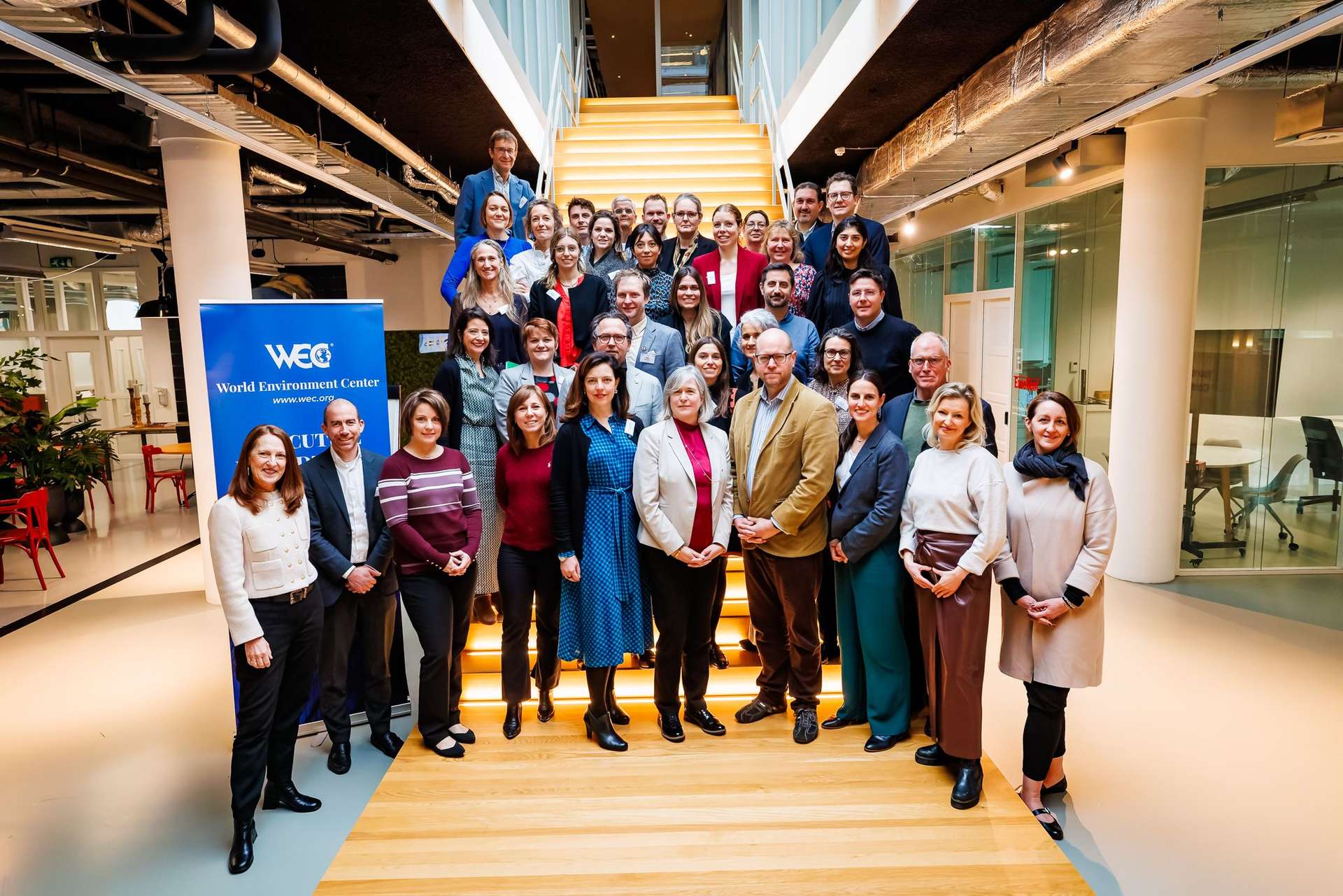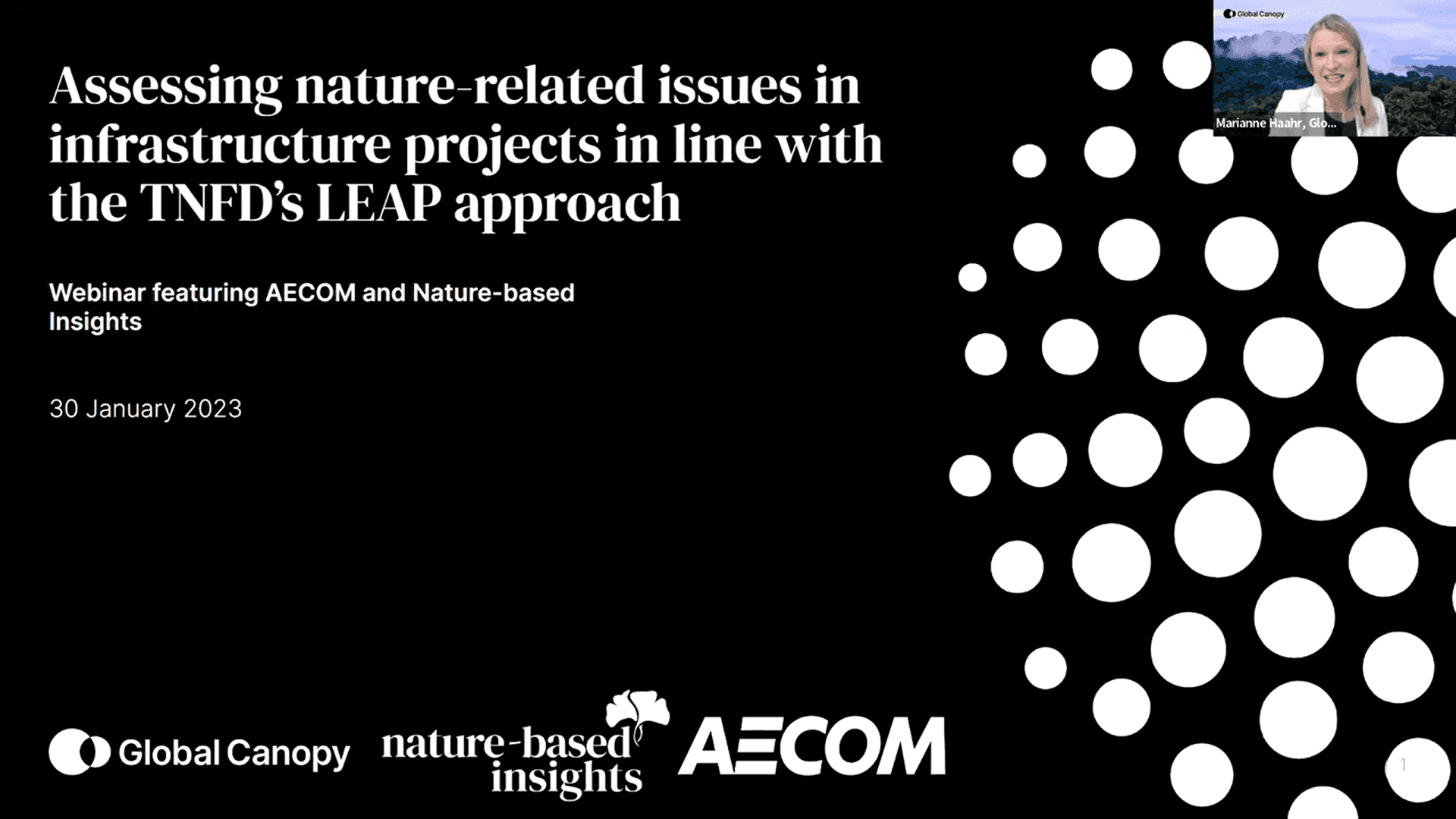
How to make biodiversity work for your business
With biodiversity yet to be fully embedded in corporate reporting, disclosures, operations and culture, Sally Vivian – our carbon and advisory director – outlines the key ways that companies can keep up the momentum.
Businesses know they need to transform their approach to considering biodiversity – shifting the mindset from an external concern to seeing it as a strategic business risk (and opportunity) that needs a scaled-up response.
Yet, uncertainty around data, boundaries, metrics and baselining risks stifling meaningful progress. Taking straightforward, but brisk, steps into effective stewardship is the way to act amidst the ambiguity, writes Sally Vivian.
The corporate world has a vital role to play in tackling the biodiversity crisis. Many companies already take biodiversity seriously but have not yet got to the point where they are confidently rolling out a measurable long-term transformation plan.
While having a comprehensive and cohesive enterprise-level strategy that aggregates individual site-level actions in a way that demonstrates collective benefit and outcomes is certainly seen as the ideal position to be in, a stepwise approach is vital to making biodiversity work for business.
Biodiversity is a hot topic for business
The gap between corporate ambition and action on biodiversity was the theme at the recent World Environment Center conference in The Hague, Taking Biodiversity Seriously Across Corporate Value Chains: Requirements – Standards – Practical Business Action.
Sponsored by AECOM, the executive roundtable was attended by 45 senior representatives from some of the world’s largest companies, environmental NGOs and standards setters, all keen to discuss the challenges that companies face when scaling up their efforts on biodiversity, such as metrics, baselines, targets and KPIs.

Universal challenges – and 9 ways to keep up the momentum despite them
In truth, these issues are universal for many corporates – and understandable. Strategies for biodiversity are less mature than climate ones and frameworks to tackle it are still emerging.
For example, the Task Force for Nature-related Financial Disclosures (TNFD) recommendations – which present a disclosure framework – were published just six months ago. Similarly, the Science Based Targets for Nature, which will help corporates to understand which metrics are most important for their business, are not set to be finalised for another 12 to 18 months.
A lack of clarity on data is another common barrier. Companies not only lack the data they need to act, but they do also not always know what information they need to collect, and where in their value chain they can find it.
Unlike CO2e for climate, there is no clear single proxy for biodiversity, making it more complex to deal with. Indicators may need to be different, and action needs to be determined from the bottom-up. As in biodiversity, the specific location where the impact, risk and opportunity exist matters too.
So how can companies keep up the momentum until such time that biodiversity becomes embedded in corporate reporting, disclosures, operations, and culture? The answer, broadly speaking, is a stepwise approach. Here are nine considerations.
1/ Don’t expect to measure and influence everything. It is important to understand your organisation’s role within the bigger picture.
In the same way that the IPCC monitors global greenhouse gas levels and associated climate change, NGOs will be monitoring the state of our global biodiversity such as species. Focus on where you have influence and impact, as you currently do with carbon emissions.
2/ Identify your organisation’s dependencies and impacts on nature.
Get to work on establishing a baseline. Work out what data you need, where to find it, what factors to measure and when to start from. The Taskforce for Nature-related Financial Disclosures (TNFD), with its “Locate, Evaluate, Assess, and Prepare” (LEAP) approach, is helpful here.
3/ Remember there is an overlap with climate reporting.
A lot of the work you need to do is specific to biodiversity and nature, but there are also several areas where there is a crossover with climate data and action. For instance, TNFD builds covers the same four pillars (governance, strategy, risk assessment, metrics and targets) as The Taskforce for Climate-related Financial Disclosures (TCFD).
4/ Identify digital tools.
Start thinking about how technologies such as AI, machine learning and blockchain will be able to help with gathering and analysing data, as well as traceability.
5/ You can act without a strategy.
Yes, you will need one eventually but do not let that impede action at the project, site or specific location. Your investors will want to know that you are acting, even if the end destination is not yet clear – which leads neatly onto ...
6/ Chose your hero projects.
Identify the no-regrets, hero projects where you will have a positive impact.
7/ Tell your story.
While it is important to have the right metrics, it is equally important to tell the stories behind the numbers. Create a compelling narrative that shows stakeholders the progress you are making (your hero projects will help here). Others may be encouraged to act as a result – or collaborate, such as your supply chain ...
8/ Engage with your supply chain.
Nature and biodiversity rarely exist solely within the confines of your premises or operations, so look for opportunities to collaborate on restoring nature and tackling nature risks, across the value chain, with other local companies and with industry peers. Even better if you can do this on your hero projects.
9/ Keep going.
Do not let complexity stifle your organisation’s action on biodiversity.
For more information about the Taskforce on Nature-related Financial Disclosures’ (TNFD's) LEAP approach and how it can be used in practice, watch this recent webinar, recorded in January 2024, in which we discuss how we applied it to infrastructure projects across Asia.
